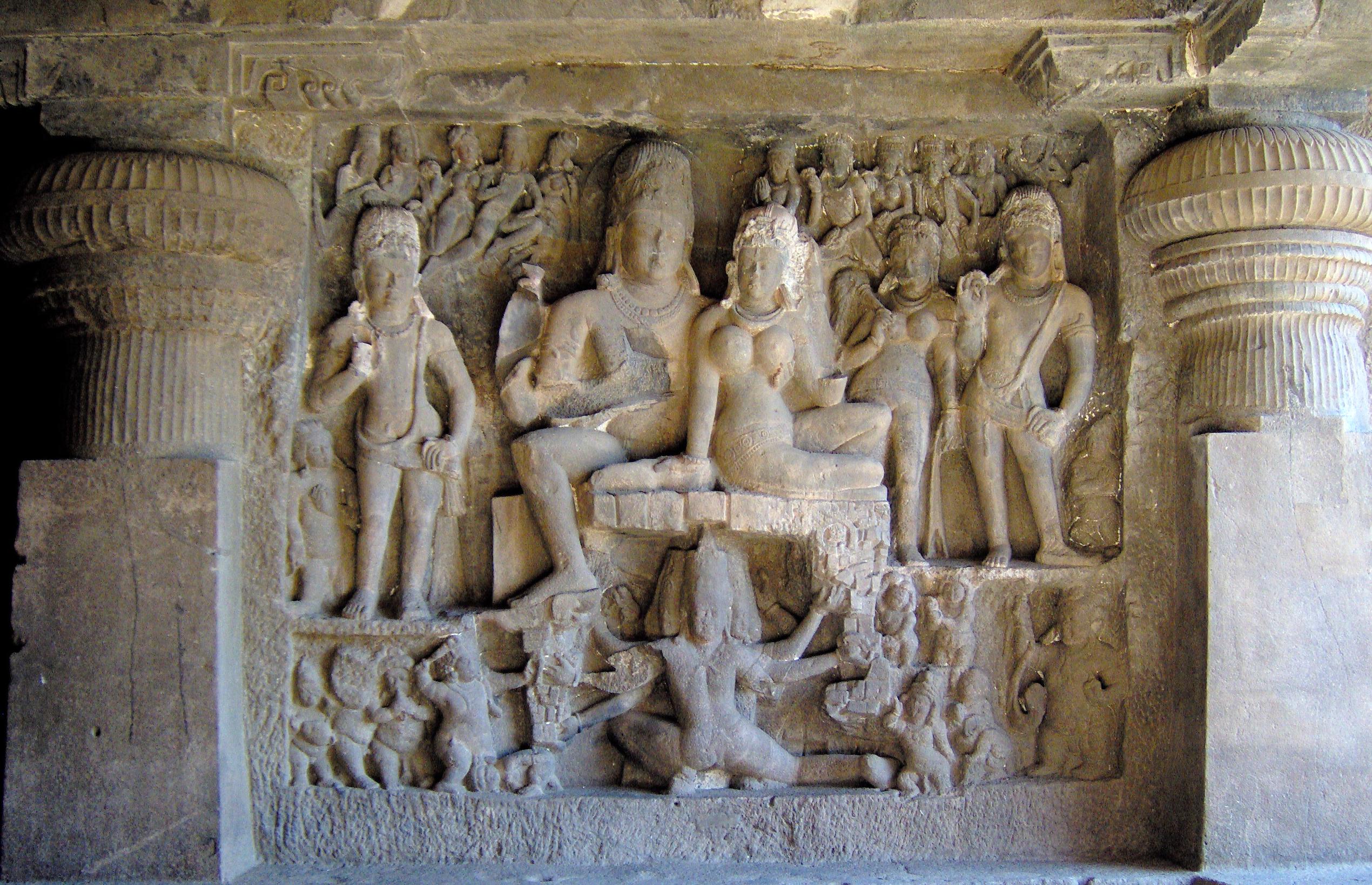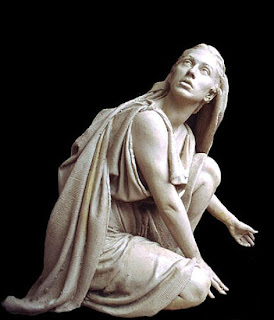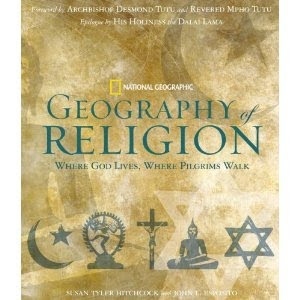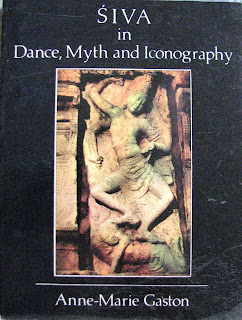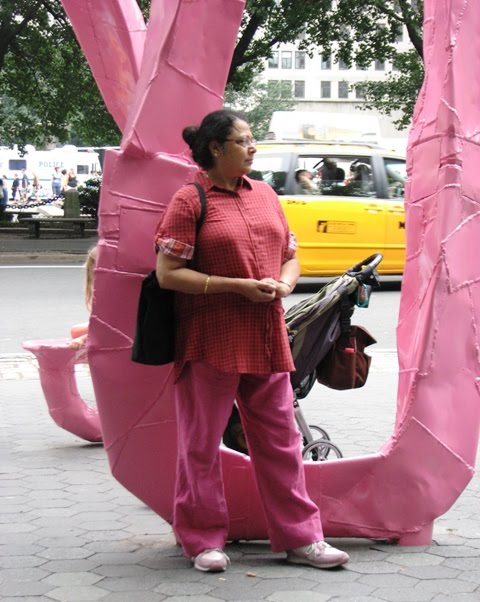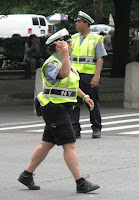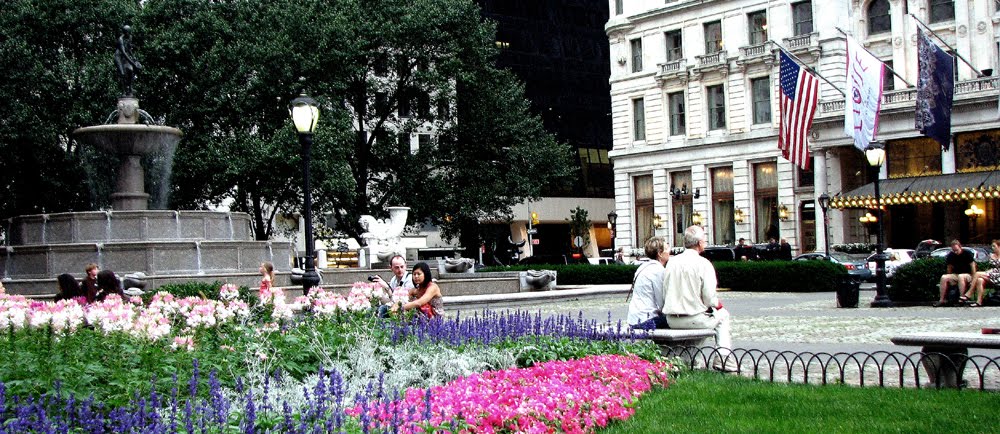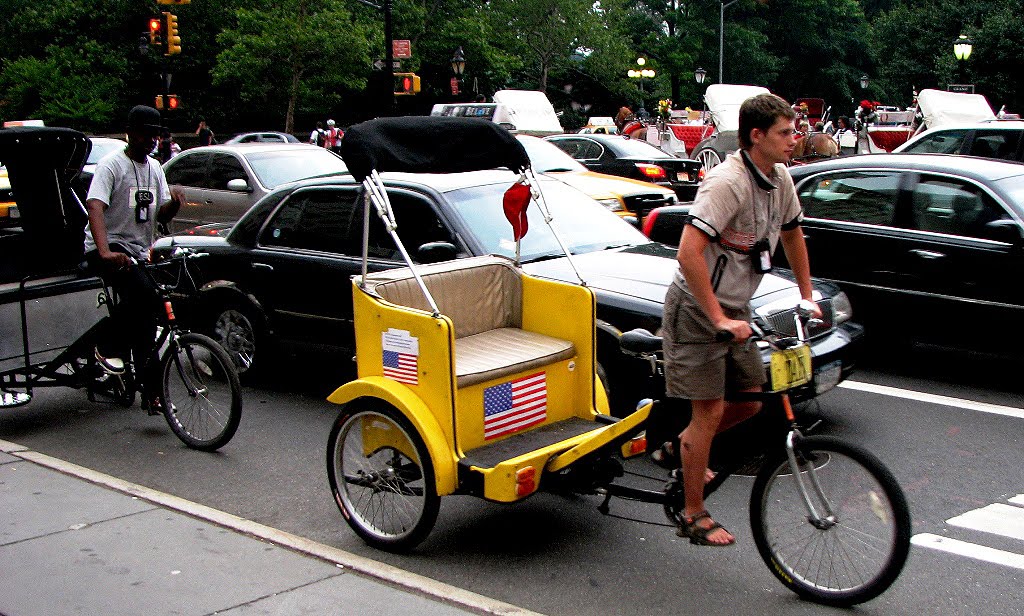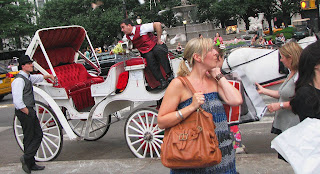PILGRIMAGE EXTRAORDINARY !
This is my season of thanksgiving! Before Ruby and I embark on our journey through AP and North Karnataka in pursuit of Siva/Shakti/Vishnu iconography.
My interest in Siva iconography was kindled by the books I could lay my hands on @ NY Libraries - at Schwarzman Building and Lincon Center. Three from the books I went through were presented to me on the eve of our departure by my elder son Sujash and his friend Miriam .Two rounds of thanks go to them.
Special thanks go to my e-friends who have spent valuable time in advising me about the logistics and other innumerable details of the trip I have planned for February,11.
Siva and Vishnu are two major deities of Hindu religion, worshiped across the country.Vishnu has ten 'manifestations -Dashavatar - whereas Siva has none.Most of Siva temples have SivaLinga and a few have an idol like the following :
Those who are very much interested may please read the excellent and handy compilation of Margaret Stuteley :
This is my season of thanksgiving! Before Ruby and I embark on our journey through AP and North Karnataka in pursuit of Siva/Shakti/Vishnu iconography.
My interest in Siva iconography was kindled by the books I could lay my hands on @ NY Libraries - at Schwarzman Building and Lincon Center. Three from the books I went through were presented to me on the eve of our departure by my elder son Sujash and his friend Miriam .Two rounds of thanks go to them.
Bhiksatana Siva from temple @ Kanchipuram (not in my current itinerary)
(Photo used from Internet)
(Photo used from Internet)
Special thanks go to my e-friends who have spent valuable time in advising me about the logistics and other innumerable details of the trip I have planned for February,11.
Siva and Vishnu are two major deities of Hindu religion, worshiped across the country.Vishnu has ten 'manifestations -Dashavatar - whereas Siva has none.Most of Siva temples have SivaLinga and a few have an idol like the following :
Siva-Shankara-Bhairava @ a temple in Chittorgarh,Rajasthan
But through the ages, Siva's imagery has gone through lots of changes. He has been visualised , through centuries,as the following, perhaps many more :
- Pasupati of pre-Vedic ages.
- Rudra, the Archer of Vedic hymns.
- Bhikshtana Siva, Androgyneous Siva
- Kalyana Murti,Gajasura-sanhara Murti,Gangadharana Murti etc
- Bhairava, Kal-Bhairava
- Nataraj and
- Linga
Those who are very much interested may please read the excellent and handy compilation of Margaret Stuteley :
Ruby and I hope to capture many of Siva's imageries during this 'pilgrimage'. And those of Shakti and Vishnu too.We shall not be able to savour the beauty of miss the Ganges and majestic Himalayas like the pilgrims to Kedarnath and Badrinath . Instead, here, my bonus will come from another 'H' - history. And the Tungabhadra, the river which inspired novelist Saradindu Bandopadhyay.










